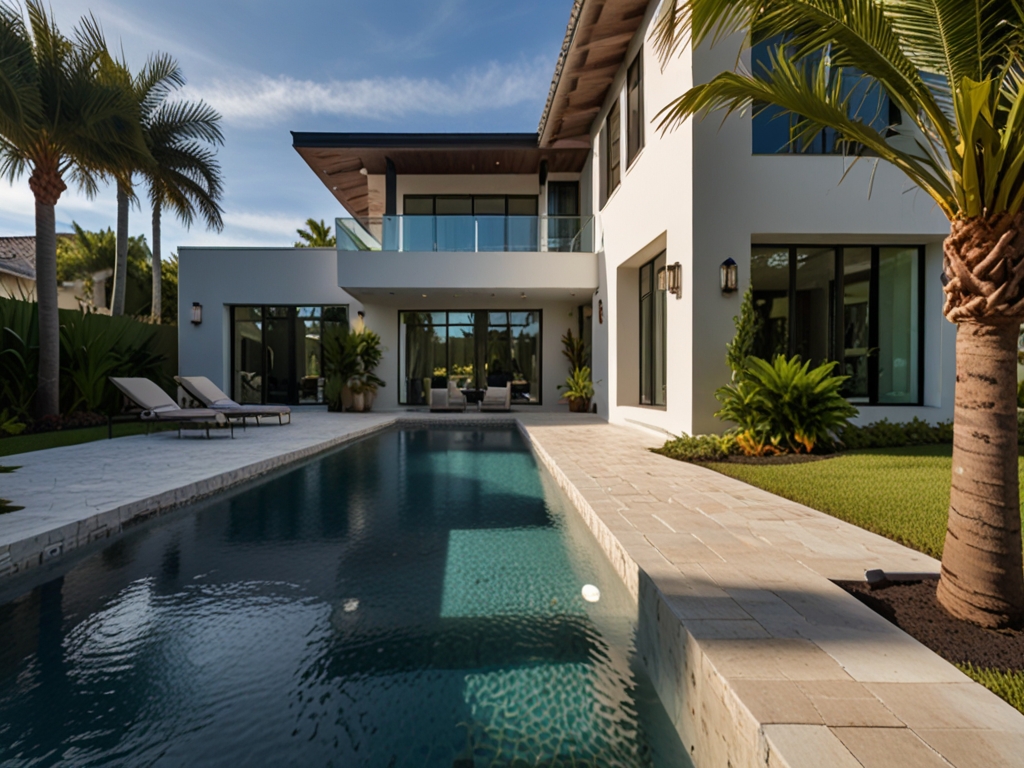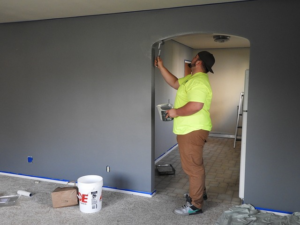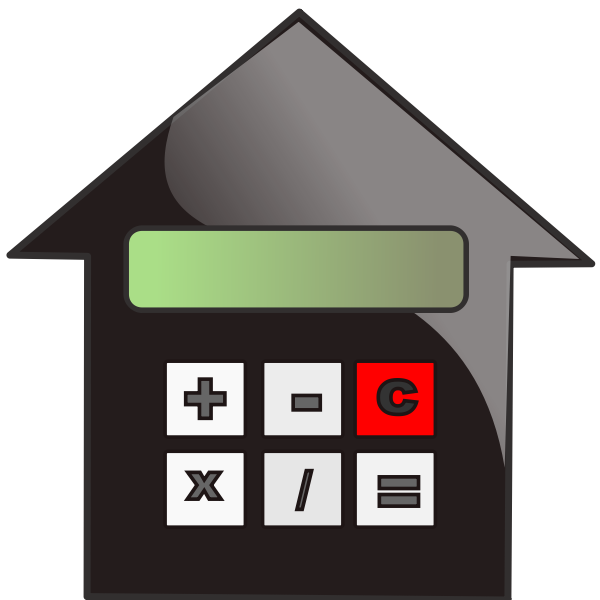
The bustling economy here, combined with a relatively low cost of living and plenty of available land, make the state appealing to homebuyers. If you’re considering building your own home rather than purchasing an existing property, a construction loan in Texas could be the perfect solution. But such financing has its own terms and requirements different from those of traditional mortgages.
Whether you are a first-time home builder or someone with the goal of designing your forever home, knowing how construction loans work in Texas is the initial step toward realising that sweet dream.
What Is a Construction Loan?
A construction loans funds the building of a home or other real estate project with a short-term loan. Whereas a traditional mortgage pays the full loan amount at closing, a construction loan is paid out in installments, otherwise known as “draws,” as construction progresses.
Borrowers usually opt for a construction-to-permanent loan, which functions as a construction loans with the added clause that the loan converts to a regular mortgage upon completion of the home. This eliminates the requirement to apply for two loans and pay two sets of closing costs.
Who Should Consider a Construction Loan?
Construction loans are ideal for people who:
- Want to build a custom home on their own lot
- Already own land and need funds for construction
- Are working with a builder on a new development
- Prefer modern amenities and efficient layouts not often found in older homes
Prefer new developments with amenities and layout efficient not often seen in older homes
You need to have a clear-cut plan in mind before applying for the loan as lending institutions would ask for documentation about your construction plans, timeline, and budget before approving.
How Do Construction Loans Work in Texas?
Construction loans are immediately available from banks, credit unions and even specialized mortgage companies in Texas. The amount of the loan is integrated into the projected value of the home once construction is completed, established by an appraiser who reviews your architectural plans and a qualified contractor’s estimate.
Because they are considered riskier, these loans typically offer higher interest rates than standard home loans. Interest-only payments are typical during the construction phase (which generally lasts 6 to 12 months).
To figure out what your monthly payment would be during the construction phase and once your new home is converted to a mortgage, use our construction loan calculator. It can give you a better idea of how your budget will be affected by factors like loan size, interest rate and term.
Choosing a Builder That Meets Lender Requirements
Your lender will usually demand that you work with a licensed, insured and vetted builder in order to approve your loan. This is because the builder is the linchpin between the disbursal and project implementation.
We’ve created a list of top Texas construction loans companies that are approved by lenders and perform quality work, are transparent about your project, and have experience to guide you through the process of a construction loan.
How to Find the Right Plot of Land
If you haven’t already purchased property, your first step is to choose where in Texas you want to build. Top destinations include the Texas Hill Country, suburban Dallas-Fort Worth, areas outside of Austin and Houston or San Antonio areas. Each place comes with its own perks, whether it’s a scenic view and acreage or just a short drive from job markets and top schools.
To explore your options, check out our comprehensive guide on VA loans in Texas. It covers VA benefits, down payment, Loan Types, Loan Limits, Eligibility, Service Requirements and tips for active-duty service members.
Budgeting for Construction Costs
You don’t just construct a house with materials and labor. Here’s what should also be included in your construction loan:
- Permits and inspections
- Landscaping and driveways
- Utility connections (water, electricity, septic)
- Interior finishes and appliances
- Builder fees and change orders
In your budget, it is important to build in a buffer fee of at least 10-15% of the total budget to allow for unexpected costs and changes throughout the of the build.
Working With the Best Builders in Texas
The builder you choose can make or break your project. The Best Home Builders in Texas bring a variety of design options as well as a deep understanding of local codes, local suppliers, and local lenders.
Vintage Luxury Builders, Highland Homes, Tilson Homes and many more top quality builders has a reputation of exceptional quality, customer service and construction financing. Many of them also offer design-build services, guiding you through the process of moving from paper to keys with ease.
Understanding Interest Rates for Construction Loans
Texas construction loans instead of regular permanent home loans have recourse banking laws regarding pooling, tiering and freezing loan advances that are significantly different than most other states. These may be adjusted according to the prime rate or on the lender’s index. If you opt for a construction-to-permanent loan, the loan can convert to a fixed-rate mortgage once construction is finished.
In order to maintain a competitive edge, lenders can provide rate lock options or float-down provisions. Be sure to shop multiple lenders and ask for good-faith estimates. To get a sense of what you can anticipate, take a look at current VA construction loan rates even if you aren’t using a VA loan, they can act as a good reference point when vetting rates.
What to Expect During the Process
Here is an easy-to-follow timeline of a standard construction loan transaction:
- Pre-Approval – Submit income verification, credit score, and builder information.
- Land Purchase or Verification – Ensure land is approved and usable for residential construction.
- Appraisal and Underwriting – The lender evaluates the value of the finished home and the viability of the build.
- Loan Closing – Once approved, the loan is closed and the first draw is issued.
- Construction Phase – The builder receives draws at agreed-upon stages.
- Final Inspection – Upon completion, an inspector verifies the home matches plans.
- Conversion to Mortgage – Your construction loans transitions into a regular home loan.
Final Thoughts
The process of building your own home from start can be one of the most rewarding routes to home ownership there is, which is why construction loans in Texas are growing in popularity and for good reason. From the finances to the builder to the parcel of land, everything factors in.
When you’re ready to get started, start by using our construction loan calculator, explore Texas construction loan builders and review our guide on the best places to buy land in Texas. Your dream home is possible with the right team and preparation.


